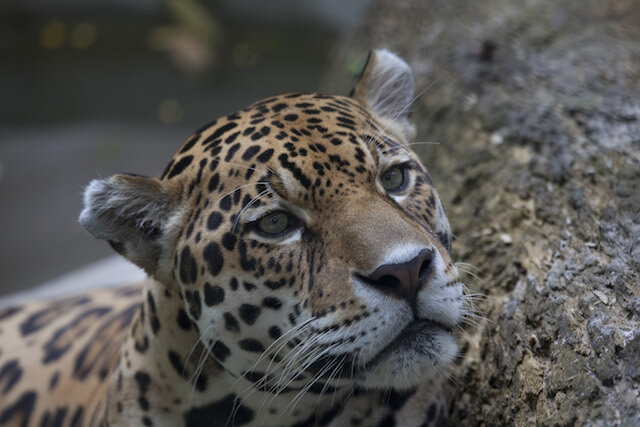A guide to Sierra del Divisor
President Humala in indigenous dress at inauguration of Sierra del Divisor NP.
In November 2015, then Peruvian President Ollanta Humala approved the creation of the 1,354,485 hectare (3,347,005 acre) Sierra del Divisor Reserved Zone, protecting an immense expanse of Amazon rain forest.
History of Sierra del Divisor:
The project to create the park was more than nine years in the making, with various players involved, including the Peruvian NGO CEDIA (Center for the Development of the Indigenous Amazon) and the US-based non-profit conservation organisation, Rainforest Trust.
The need to protect the region had been given added urgency when, in July 2015, SERNANP - Peru's national parks service - reported first attempts by illegal loggers to build a road into the area. It was feared that, once there was access, informal mining and slash-and-burn farming would be sure to follow.
Geography of Sierra del Divisor:
The new park, in the Departments of Loreto and Ucayali, is larger than Yosemite and Yellowstone National Parks combined, and protects the only mountainous region in the lower Amazon jungle, as symbolised by El Cono - an iconic 488 m (1,600 ft) high extinct volcano, covered in dense foliage.
The new reserved zone borders the Parque Nacional da Serra do Divisor in the Brazilian state of Acre and secures the final strategic link in a 27 million hectare (67 million acre) Andes-Amazon Conservation Corridor, that extends for more than 1,100 miles from the banks of the Amazon River in Brazil to the peaks of the Peruvian Andes.
This is now one of the largest contiguous blocks of protected areas in the Amazon, and is vital to protecting one of the World's last remaining strongholds for biodiversity and indigenous communities.
Flora & Fauna in Sierra del Divisor
It is hoped that jaguars will thrive in Sierra del Divisor.
Owing to the remoteness of the area, full scientific studies have not so far been carried out, but a brief expedition by the Chicago Field Museum found that the Sierra del Divisor was home to the highest levels of primate diversity in the western Amazon, as well as an estimated 300 species of fish and 3,500 plant species.
The region is a stronghold for large mammal species, such as jaguars, pumas, giant armadillos and tapirs, that are in decline throughout their range.
Indigenous Peoples of Sierra del Divisor
A lady of the Matses culture.
There are a number of distinct indigenous communities that live within the park, including Matsés, Ashaninka, Huambisa, Isconahua and Shipibo-Konibo, who were part of the consultation process with the Peruvian government when pushing for the creation of a protected zone, and whose land rights have been enshrined in the park's legislation.
Another indigenous tribe, the Iskonowa, who are in voluntary isolation, have also been afforded protection.
The park is not only important for the natural and human diversity it protects, but also for the carbon it stores.
According to Peru's Environment Minister at the time of Sierra del Divisor’s creation, Manuel Pulgar-Vidal, the rain forests of the Sierra del Divisor will permit “the capture of some 150,000 tons of Carbon Dioxide, which is equivalent to 40% of all the carbon produced every day by Peru”.
The next step is therefore to provide the local communities with the technical and legal tools and support to be able to resist the challenges of extractive industries and agriculture, so as to maintain the health of the eco-system, upon which their - and our - future depends.
How to visit Sierra del Divisor
You need to be pretty determined to visit Sierra del Divisor National Park!
From Pucallpa, it is a day’s ride downstream on the Ucayali River, by speedboat, to reach the small riverside village of Contamana. Here, you can find travel agencies who offer tours into the park.



